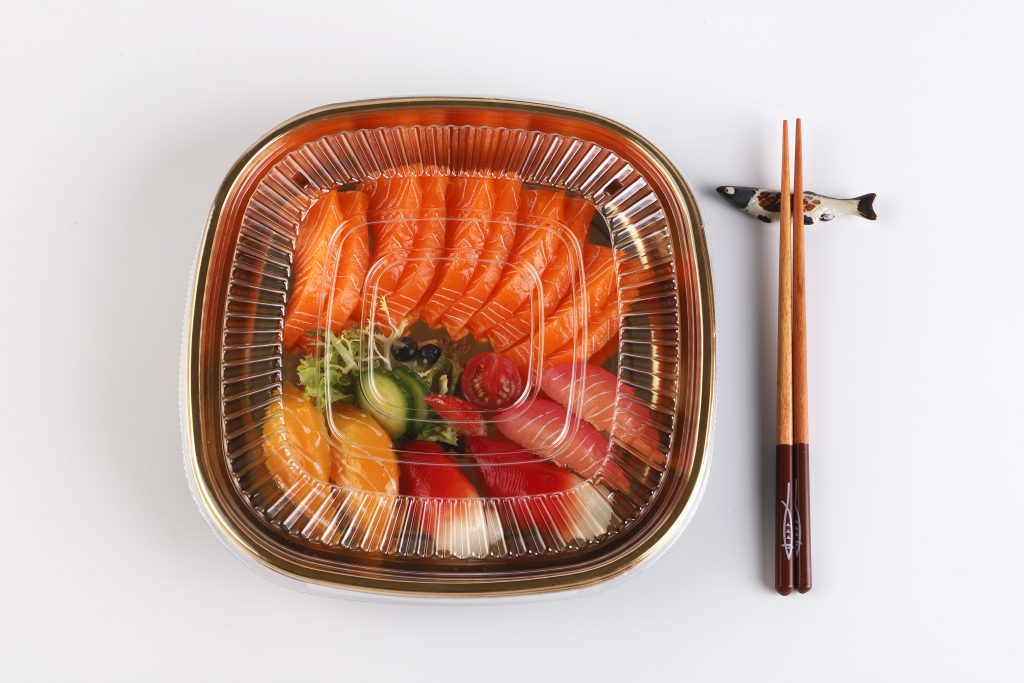WL-C020 The Predicament of Disposable Plastic Containers Has Been Resolved

Disposable plastic food packaging is particularly important in the food delivery and retail food packaging industries. The sector is now more focused on problems like safety, environmental protection, and the rules that come with its ease of use. This post will go into great detail about these main issues and give clear answers.
Core Issue One
With huge environmental protection pressure, how should plastic pollution be dealt with?
The essence of the problem:
The main concern is that a lot of used disposable plastic containers, especially those that aren’t treated properly, are causing a lot of white pollution. The buildup of landfills and contamination in the ocean are frightening.
Answer from the industry
Recycling is important, but it can’t do everything. Make sure to include containers that are clearly designated as recyclable at the top of your list. PP is now the most important material for disposable plastic containers since it can withstand heat, lasts a long time, and can be recycled very easily.
Handling compliance is a duty: Producers should clearly indicate the recycling rules, and catering businesses should set up classified recycling facilities and help customers find them so that trash goes to the right place.
Core question Two
How can food safety be guaranteed? Are plastic containers safe?
The main point of the issue is that many are worried that the chemicals in plastics will go into food when they touch hot food, oil, or acidic food.
Answer from the industry
Food-grade materials are the bottom line: They must be strictly selected in compliance with national/international food contact material safety standards. When making a purchase, you can ask the supplier to provide a compliance test report.
Use correctly based on the purpose
Heat resistance: PP containers that are explicitly marked as “microwave-heated” can usually handle temperatures above 120°C. People typically use PS for lids or mugs for cold drinks. It can’t handle heat; thus, it’s not safe for microwave ovens or very hot food.
Oil resistance: When keeping foods with a lot of fat, pick PP material that is good at resisting oil so that the oil doesn’t speed up the aging or migration of the plastic.
Application matching: The disposable plastic container needs to seal tightly so that it doesn’t leak. The cake box should be clear, beautiful, and strong enough to hold the cake. To keep sushi fresh, sushi boxes need to be able to keep air out.
Don’t use them wrong: Don’t use disposable plastic containers that aren’t food quality or things that say “single-use” more than once (the risk goes up as they get older). Do not use containers that are very old, misshapen, or smell bad.
